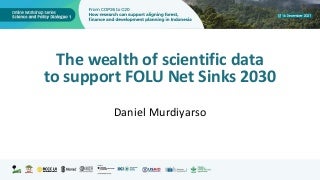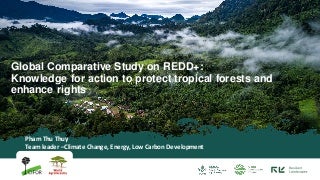Governing forest ecosystem services as a forest socioecological system is an evolving concept in the face of different environmental and social challenges. Therefore, different modes of ecosystem governance such as hierarchical, scientifictechnical, and adaptive-collaborative governance have been developed. Although each form of governance offers important features, no one form on its own is sufficient to attain sustainable environmental governance (SEG). Thus, the blending of important features of each mode of governance could contribute to SEG, through a combination of both hierarchical and collaborative governance systems supported by scientifically and technically aided knowledge. This should be further reinforced by the broad engagement of stakeholders to ensure the improved well-being of both ecosystems and humans. Some form of governance and forest management measures, including sustainable forest management, forest certification, and payment for ecosystem services mechanisms, are also contributing to that end. While issues around commodification and putting a price on nature are still contested due to the complex relationship between different services, if these limitations are taken into account, the governance of forest ecosystem services will serve as a means of effective environmental governance and the sustainable management of forest resources. Therefore, forest ecosystem services governance has a promising future for SEG, provided limitations are tackled with due care in future governance endeavors.
Tag: Himlal Baral
- Home
- Governing Forest Ecosystem Services for Sustainable Environmental Governance











